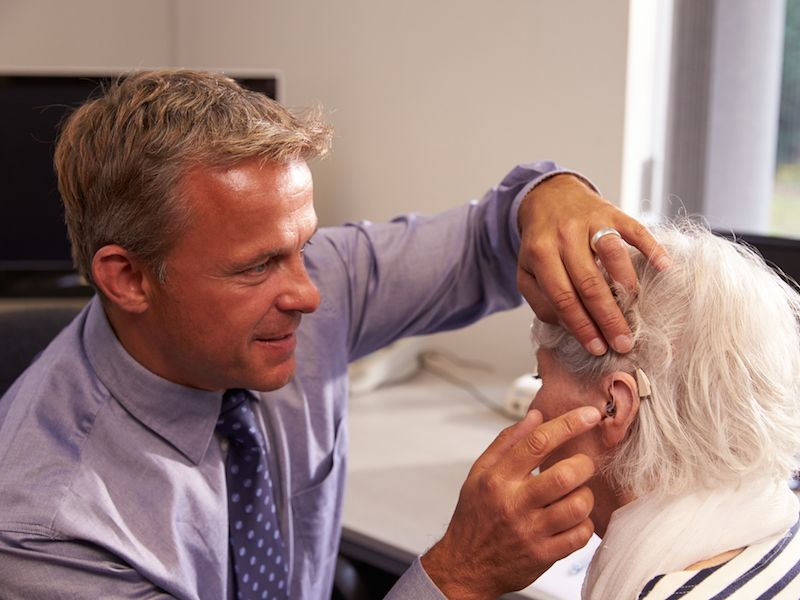
The numbers don’t lie: at some time in your life, you’re probably going to need a hearing aid. A study from NIDCD estimates that approximately a quarter of all individuals between the ages of 60 and 75 have some kind of hearing loss, and that figure goes up to 50% for people 75 and older. But how can you be sure which model is right for you when you recognize it’s your best opportunity to combat hearing loss? Advancements in technology over the years have fixed some of the issues generally connected to hearing aids, such as an excessive amount of background noise and vulnerability to water damage. But to ensure your choice of hearing aid is right for you, there are still things you need to think about.
Pay Attention to Directionality
One crucial attribute you should pay attention to in a hearing aid is directionality, which has the capability of keeping background noise down while focusing in on noise you want to hear such as conversations. One, if not both, of two types of directionality systems are operating inside most hearing aids, they either focus in on sound directly in front of you, or they focus on sound produced by different speakers and sometimes do both.
Can You Use it With Your Phone?
It’s become apparent, we’re addicted to our phone as a country. Even if you don’t have a smartphone, chances are you have a flip phone. And on the off-chance that you don’t own any type of cell phone, you likely still have a land-line. So, how well hearing aid works with your phone is an important concern when you’re shopping for hearing aids. How does it sound? Are you capable of discerning voices precisely? Is it Comfortable? Is it Bluetooth Ready? When looking at new hearing aids, you need to take into account all of these.
What is The Likelihood You Would Actually Wear it?
In the last few years, as noted above, the technology of hearing aids has significantly improved. One of those advances has been the size and shape of hearing aids, which are a lot smaller today. Still, there are always going to be some trade-offs. It depends on what your particular needs are. A smaller hearing aid is not as obvious and may fit better but a larger one might be more powerful. The little models won’t have the features of the larger models and they may get clogged with earwax but they do fit inside your ears almost imperceptibility. On the other end of the spectrum, a behind the ear hearing aid is bigger and may be more noticeable, but often have more directionality functions and have more choices for sound amplification.
What Kind of Background Sound Will You be Exposed to?
Wind interference has been an overwhelming problem for hearing aid users ever since they were invented. Being outside during a windy day with a traditional hearing aid used to mean that you couldn’t hear anything except the wind, which is enough to drive anyone nuts. If you’re an outdoors person or you live in a windy area, you’ll want to control wind noises with your hearing aid choice so that conversations are free from that frustrating wind howl. Searching for more information about how to choose the correct hearing aid? Get in touch with us.